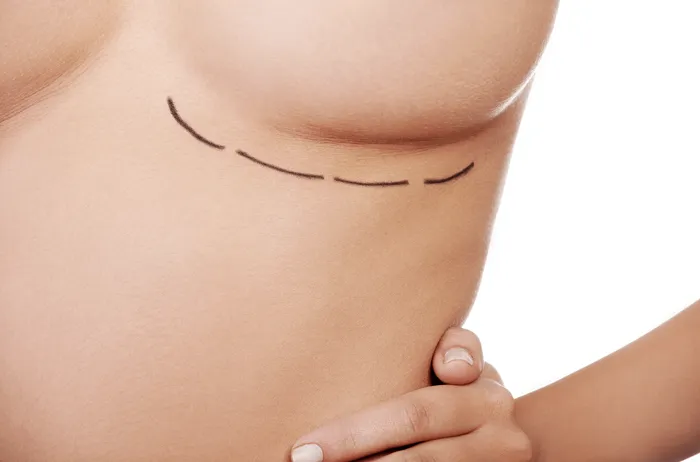Breast augmentation surgery is one of the most commonly performed cosmetic procedures worldwide. Women choose this operation for a variety of reasons: to increase volume, improve symmetry, or reconstruct the breast after mastectomy. Despite its popularity, it is important for patients to understand the potential side effects and complications associated with the procedure.
Breast augmentation involves inserting implants — either saline or silicone — beneath the breast tissue or chest muscles. While it can significantly enhance physical appearance and self-esteem, it is a medical operation that carries certain risks. Each patient’s experience can vary depending on their anatomy, the type of implant used, and the surgical technique applied.
Before making any decisions, individuals should explore the different Breast Surgery Types available. Not all breast surgeries serve the same purpose, and outcomes differ depending on the surgical goal. Additionally, factors such as Breast Surgery Costs, recovery periods, and potential complications must be considered in the decision-making process.
This article will comprehensively examine the 7 most common side effects of breast augmentation. We will also discuss Breast Surgery Recovery Time and Breast Surgery Risks to help you make an informed and safe decision about your body.
What Are The Side Effects Of Breast Augmentation Surgery?
1. Pain and Discomfort
Pain is the most immediate side effect after breast augmentation. It typically peaks within the first few days post-surgery and gradually subsides over time. This discomfort stems from tissue trauma, muscle stretching, and the pressure caused by the newly placed implant. Pain management often involves prescribed medications, rest, and cold compresses.
While mild pain is normal, prolonged or intense pain may indicate complications such as hematoma or implant displacement. Patients should report severe pain to their surgeon promptly.
2. Swelling and Bruising
Swelling is a common response to surgery and can last for several weeks. In some cases, one breast may appear more swollen than the other, which is usually temporary. Bruising is also common and results from bleeding beneath the skin due to incisions and tissue manipulation.
Swelling may delay visible results, so patients are advised to wait several weeks before assessing the final aesthetic outcome. Wearing a compression bra and following post-operative care instructions can reduce this symptom.
3. Changes in Nipple or Breast Sensation
Loss or heightened sensitivity of the nipples and breast skin can occur after surgery. These sensory changes are caused by nerve damage during the surgical process and are more likely when implants are inserted through areolar incisions.
For most patients, sensation gradually returns within a few months. However, in rare cases, the changes may be permanent. It’s vital to discuss these potential outcomes with your surgeon during the consultation process.
4. Capsular Contracture
Capsular contracture is one of the more serious complications of breast augmentation. It occurs when the scar tissue that naturally forms around the implant tightens and squeezes the implant. This can result in firmness, pain, and distortion of the breast shape.
Treatment may include massage, medication, or even revision surgery in severe cases. Discussing Breast Surgery Risks in advance will prepare you for such possibilities.
5. Implant Displacement or Rupture
Although breast implants are durable, they are not indestructible. Over time, they may rupture or shift from their original position. Saline implant rupture is usually noticeable as the breast deflates, whereas silicone ruptures can go undetected without imaging.
Displacement can lead to asymmetry and may require revision surgery. Patients are encouraged to schedule regular check-ups and imaging tests to monitor implant condition.
6. Infection
As with any surgical procedure, there is a risk of infection. Most infections occur within a few days to weeks following the operation. Symptoms include redness, swelling, heat, and fever.
Infections may require antibiotic treatment and, in severe cases, removal of the implant. To minimize infection risks, patients must adhere strictly to their surgeon’s post-operative care instructions and hygiene protocols.
7. Delayed Healing and Scarring
While most women heal without issue, some may experience delayed wound healing or thick, raised scars. Factors such as genetics, smoking, and poor nutritional status can impair the body’s ability to recover.
It’s essential to understand the estimated Breast Surgery Recovery Time and follow guidelines for optimal recovery. Scar care treatments, such as silicone gels and massage, can improve the long-term appearance of incision sites.
Conclusion
Breast augmentation surgery offers transformative results for many women, improving both aesthetics and confidence. However, it is crucial to be aware of the potential side effects and complications involved. Pain, swelling, sensory changes, and more severe issues like capsular contracture and infection are all possible outcomes that must be factored into the decision.
Before undergoing surgery, make sure to research the Breast Surgery Types, understand the Breast Surgery Costs, be aware of the expected Breast Surgery Recovery Time, and recognize the associated Breast Surgery Risks.
A thorough consultation with a board-certified plastic surgeon is the best way to determine whether this procedure is suitable for you. With the right preparation, realistic expectations, and quality post-operative care, you can navigate the process safely and successfully.
- How Often Breast Implants Are Replaced?
- Should I Wear A Sports Bra After Breast Augmentation?
- Why Does My Breast Implant Keep Flipping?


